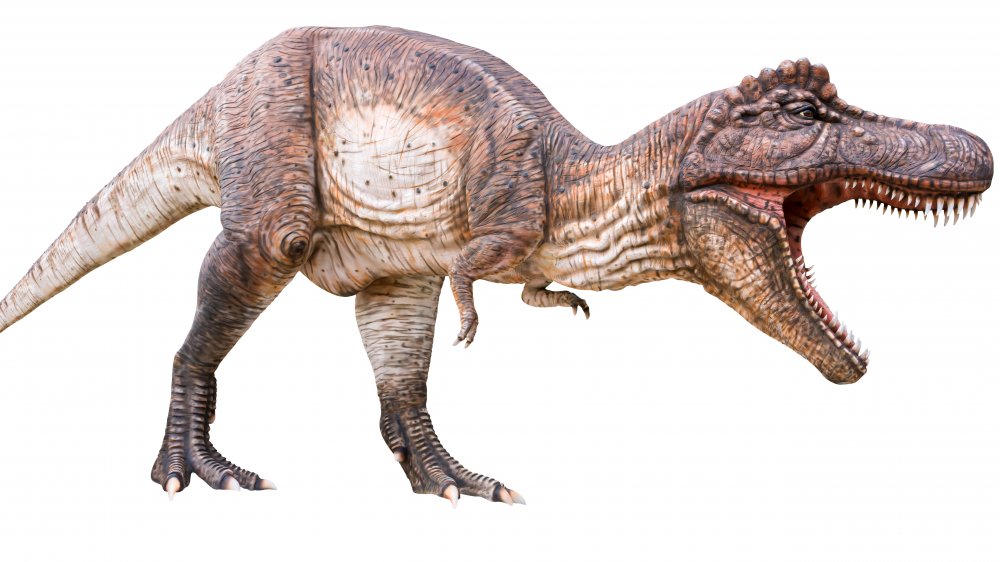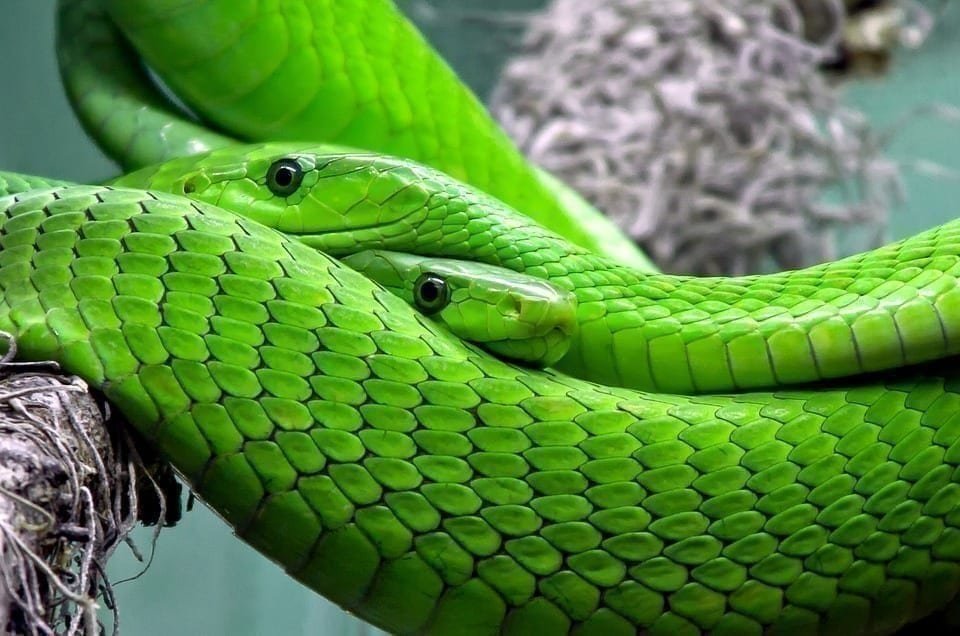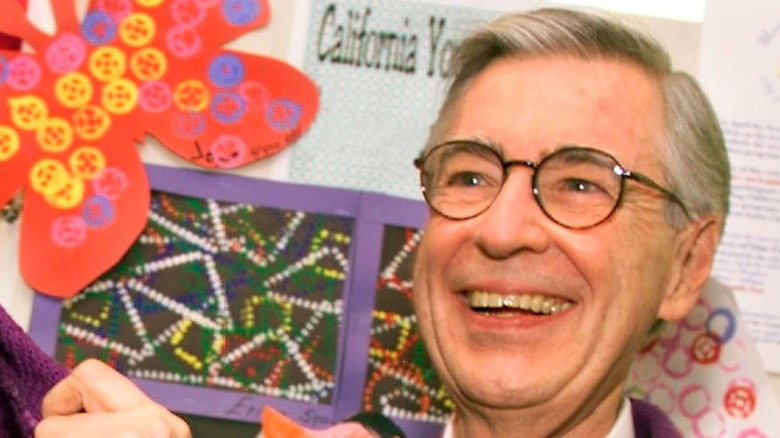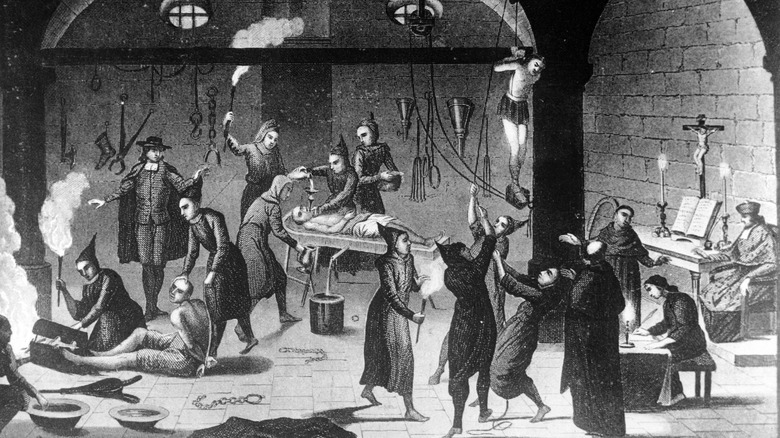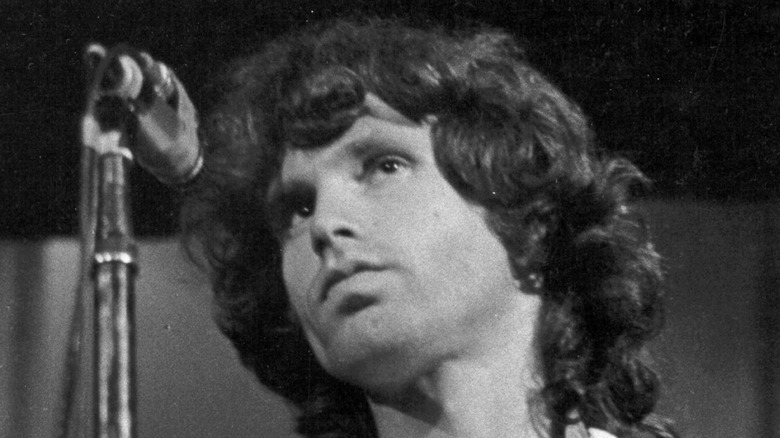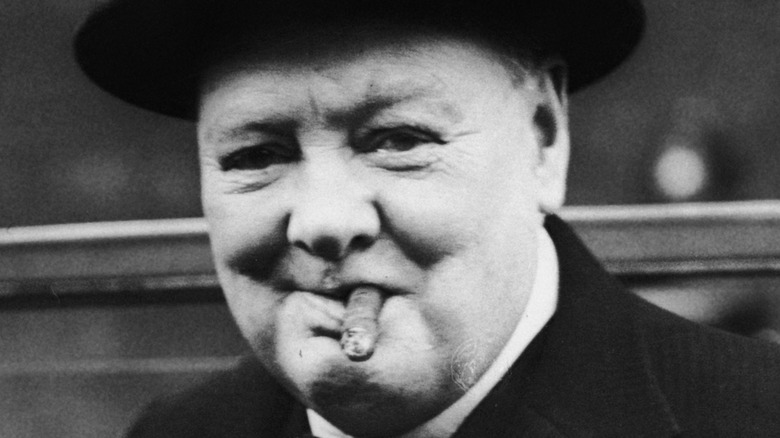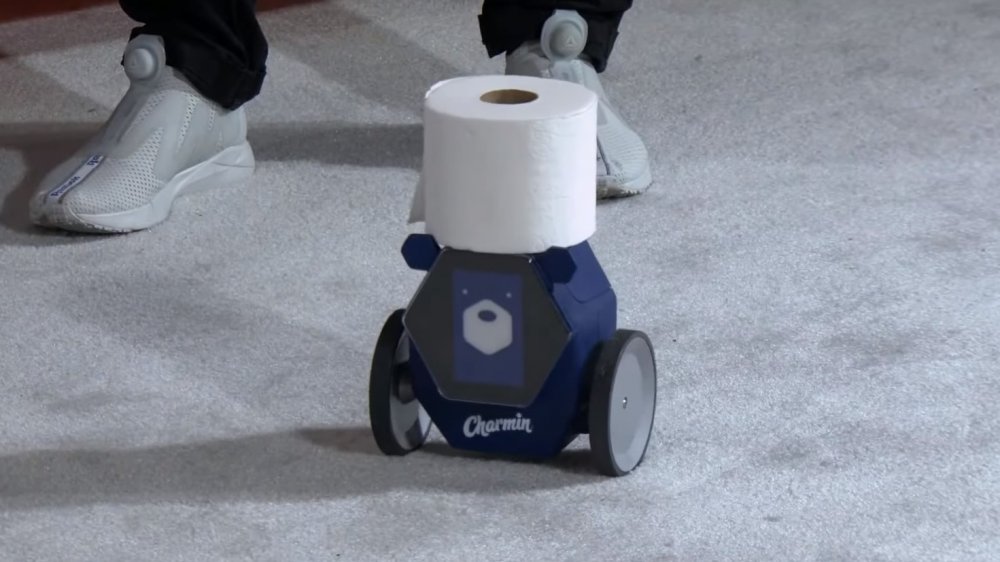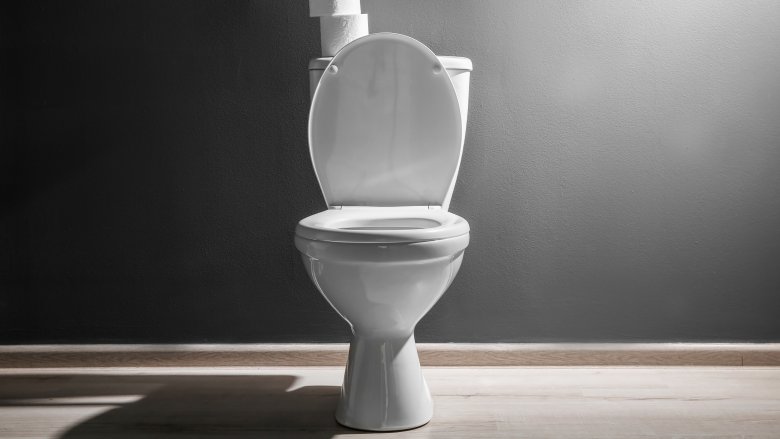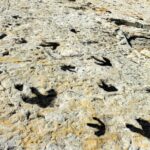
Scientists Solve Mystery Of Dinosaur Tracks On A Cave Ceiling
One of the most puzzling discoveries in paleontology has finally been solved. Dinosaur footprints, first discovered on a cave ceiling in Central Queensland, Australia in 1954, have baffled researchers for over half a century. The mysterious prints cropped up in an unusual place: a Harry Potter-ish cupboard under the stairs in a suburban home near Mount Morgan, just outside Sydney. The region has “hundreds of fossil footprints” according to University of Queensland paleontologist Dr. Anthony Romilio. “The highest dinosaur track diversity for the entire eastern half of Australia.”
So is it an undiscovered dinosaur Spider-Man? A dinosaur prankster messing with future paleontologists? The first hard evidence of dinosaur Santa Claus traipsing around the roofs of caves and shimmying down prehistoric chimneys? Shockingly, none of these explanations fits the bill.
According to Romilio, “Earlier examinations of the ceiling footprints suggested some very curious dinosaur behavior; that a carnivorous theropod walked on all four legs.” Picture a Tyrannosaurus rex. Those goofy little arms don’t look great for walking, do they? That’s what Romilio means by a “unusual dinosaur behavior”. All evidence suggests the T-rex and its ancestors walked upright on two legs, but these strange prints apparently contradicted that bit of conventional Cretaceous wisdom.
Those hands were not made for walking
In order to determine whether the dinosaur immortalized in Mount Morgan used its arms for locomotion, Romilio wanted to gain access to the original track site. The only problem was: the site had been closed for over a decade. He found a nifty workaround after a chance encounter with a Sydney dentist, Dr. Roslyn Dick. Dick’s father, Ross Staines, was a geologist and successful amateur fossil hunter in the 1950s. He was the one ultimately uncovered the footprints in the cupboard under the stairs. Dick and her sisters had held onto a treasure trove of their father’s research materials. High resolution photographs, footprint plaster casts, detailed notes — they kept it all.
Using modern techniques, Romilio worked from Dick’s plaster casts and made a virtual 3-D model of the prints. “In combination with our current understanding of dinosaurs, it told a pretty clear-cut story,” he said. He concluded that all the prints were footprints, and that they belonged to more than one dinosaur. “Rather than one dinosaur walking on four legs, it seems as though we got two dinosaurs for the price of one.”
His research was published in the scientific journal Historical Biology.

The Sad Story Of The Man Struck By Lightning 7 Times

The Disturbing Truth About The Dancing Plague Of The 1500s

The Reason Wimbledon Umpires Learn Other Languages Isn't What You Think

The Most Haunted Roads In The US
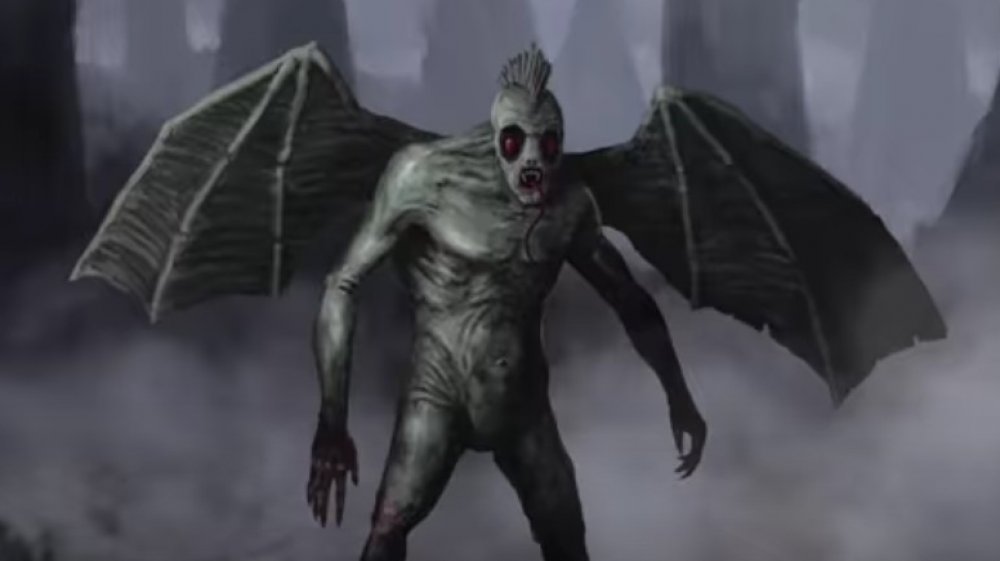
The Chupacabra Might Actually Have Existed. Here's Why

Pig Poops Pedometer, Ignites Fire
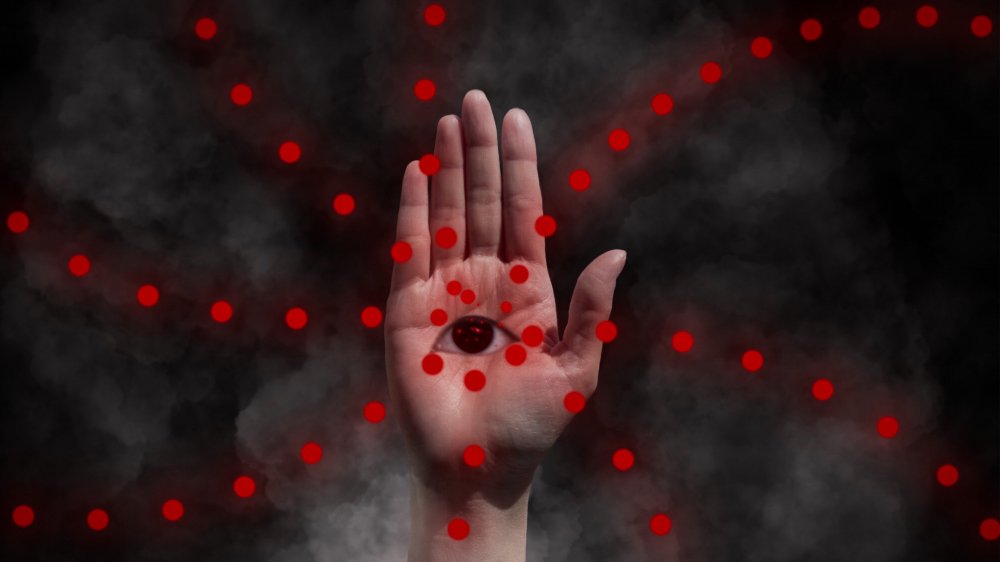
The Real Meaning Of The Illuminati Eye Tattoo
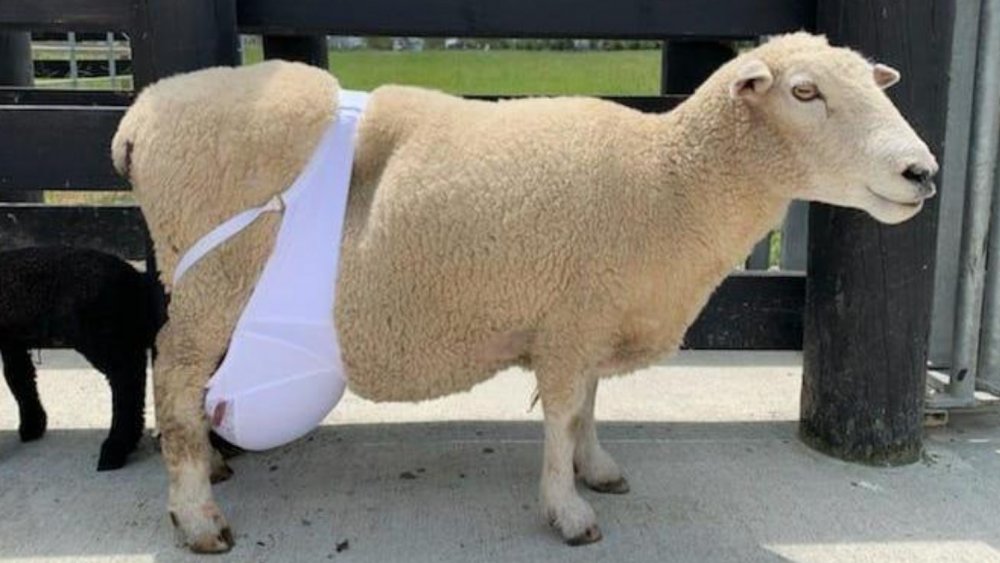
Sheep Wears Human Bra To Support Saggy Udders

What's Brain Freeze, And Why Do We Get It?

Dollar Stores Sell The Most Bizarre Things
